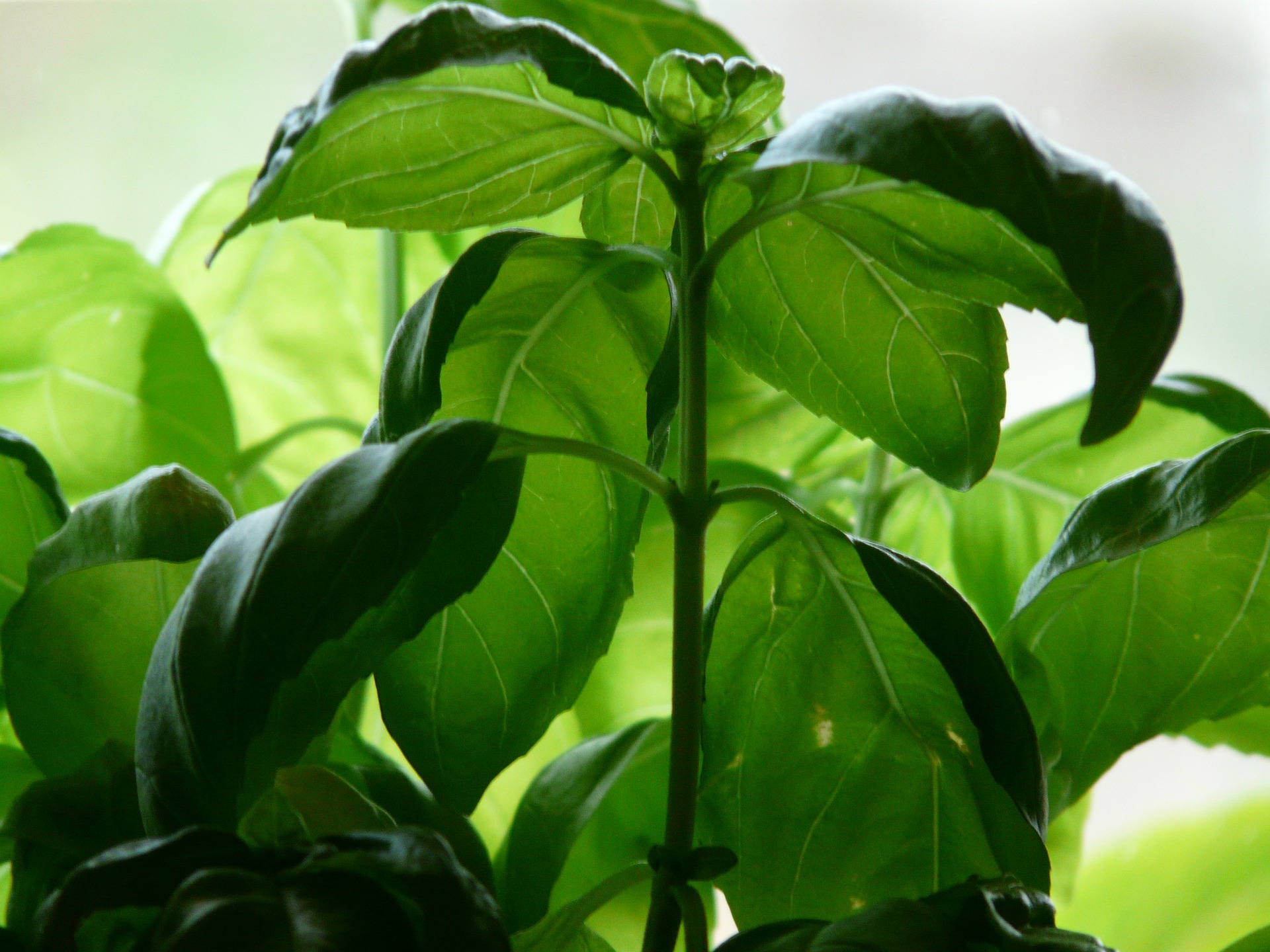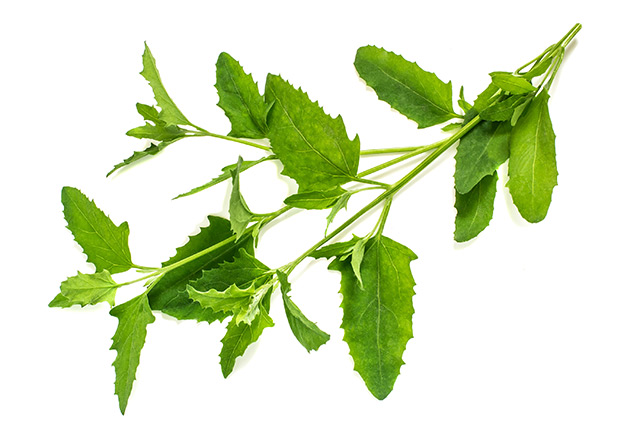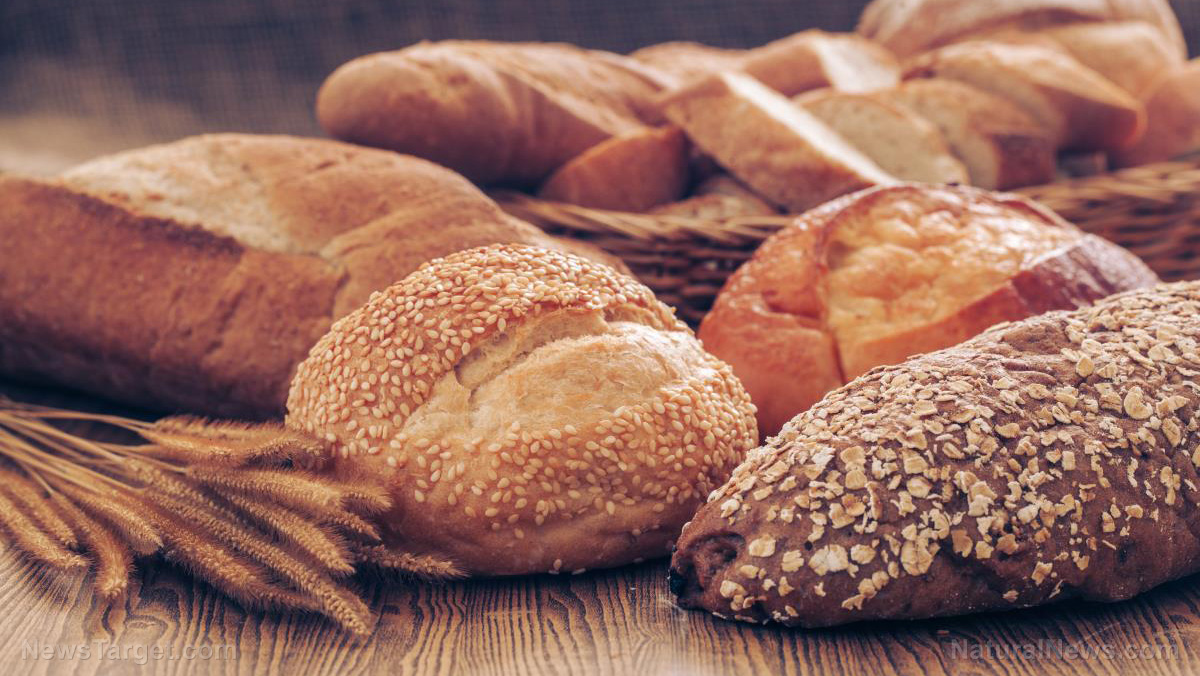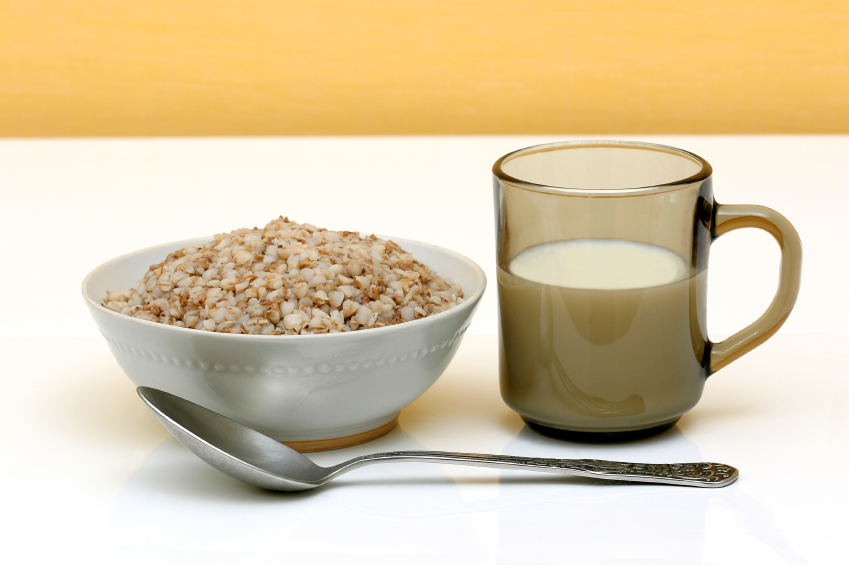Nutritional benefits of pasta can be greatly enhanced by adding holy basil powder
02/11/2018 / By Ralph Flores

Researchers at the Bundelkhand University in India have brought the best of both worlds together by combining holy basil, one of the most popular medicinal herbs in traditional Ayurvedic medicine, and pasta, the ready-to-cook and easy-to-prepare ingredient that’s gaining ground in modern Indian cuisine. This gave birth to a distinct pasta that has a high fiber content, but with a lesser cooking time than regular pasta. In the study, which was published in the IOSR Journal of Environmental Science, Toxicology and Food Technology (IOSR-JESTFT), the authors analyzed tulsi-fortified pasta and assessed it based on its physicochemical characteristics, nutritional properties, and sensory qualities.
Tulsi (Ocimum sanctum L.), more commonly known as holy basil, has been grown in many parts of India for its health-giving benefits, and it has established its place in home remedies. Of all the herbs used in Ayurvedic medicine, the tulsi plant is well-regarded in terms of its therapeutic capability, and for a good reason: Modern scientific literature has confirmed the benefits that the tulsi plant is known for. It’s known to protect the body against certain forms of stress, as well as those brought about by heavy metals and pollution. It has also been shown to normalize blood glucose, blood pressure, and lipid levels, which reduce the risk of having diabetes, hypertension, and certain cardiovascular diseases. In this study, the authors looked at the potential of pasta to be fortified with tulsi as a way to appeal to a wider group of people. (Related: Anti-aging ‘Holy Basil’ herb supports natural detoxification.)
To start the process, tulsi powder and wheat flour were procured for use. Before it was prepared, the physiochemical properties of the raw materials were determined. Four pasta samples were prepared for the test: Each sample had differing concentrations of wheat flour and tulsi powder. For 1,000 grams of the pasta dough, the wheat-flour-to-tulsi-powder ratios of the samples were 100-to-0, 99-to-1, 97-to-3, and 95-to-5, respectively. An ample amount of water was mixed before it was made into pasta using an extruder. The final samples were then dried and stored before use.
The resulting samples were then rated using different parameters for quality, such as cooking time, texture, and sensory evaluation. In terms of nutrient composition, the authors looked at carbohydrate, protein, fat, fiber, and ash contents for each pasta. After testing, the findings revealed that fortifying tulsi decreases carbohydrate content of the pasta. Moreover, protein, fat, and ash contents decrease slightly when more tulsi powder is used in the pasta. Fiber, however, was noted to increase in proportion to how much tulsi powder was added.
Researchers then determined that increasing the tulsi content in pasta also adds more fiber to it. Moreover, this method also reduces the cooking time of the pasta. “Fortified pasta was highly acceptable with respect to sensory attribute and cooking time, “they concluded in the study. “On the basis of physicochemical and nutritional properties, cooking time analysis of viscosity and sensory qualities pasta certain 97 percent refined wheat flour and 3 percent tulsi powder sample C2 resulted in better quality having more and high overall acceptability. Tulsi powder prevents different diseases (diabetes, asthma, arthritis and heart diseases, etc.).”
They also added that if tulsi powder pasta is included in daily diets, it has the potential to prevent many diseases.
If you want to learn more about holy basil and other herbs that could naturally help your body, head over to Herbs.news today.
Sources include:
IOSRJournals.org [PDF]
Tagged Under: #nutrition, fiber, fortified foods, Herbs, holy basil, nutrients, pasta, research, Tulsi, tulsi powder, tulsi-fortified pasta
RECENT NEWS & ARTICLES
COPYRIGHT © 2017 FOOD SCIENCE NEWS



















